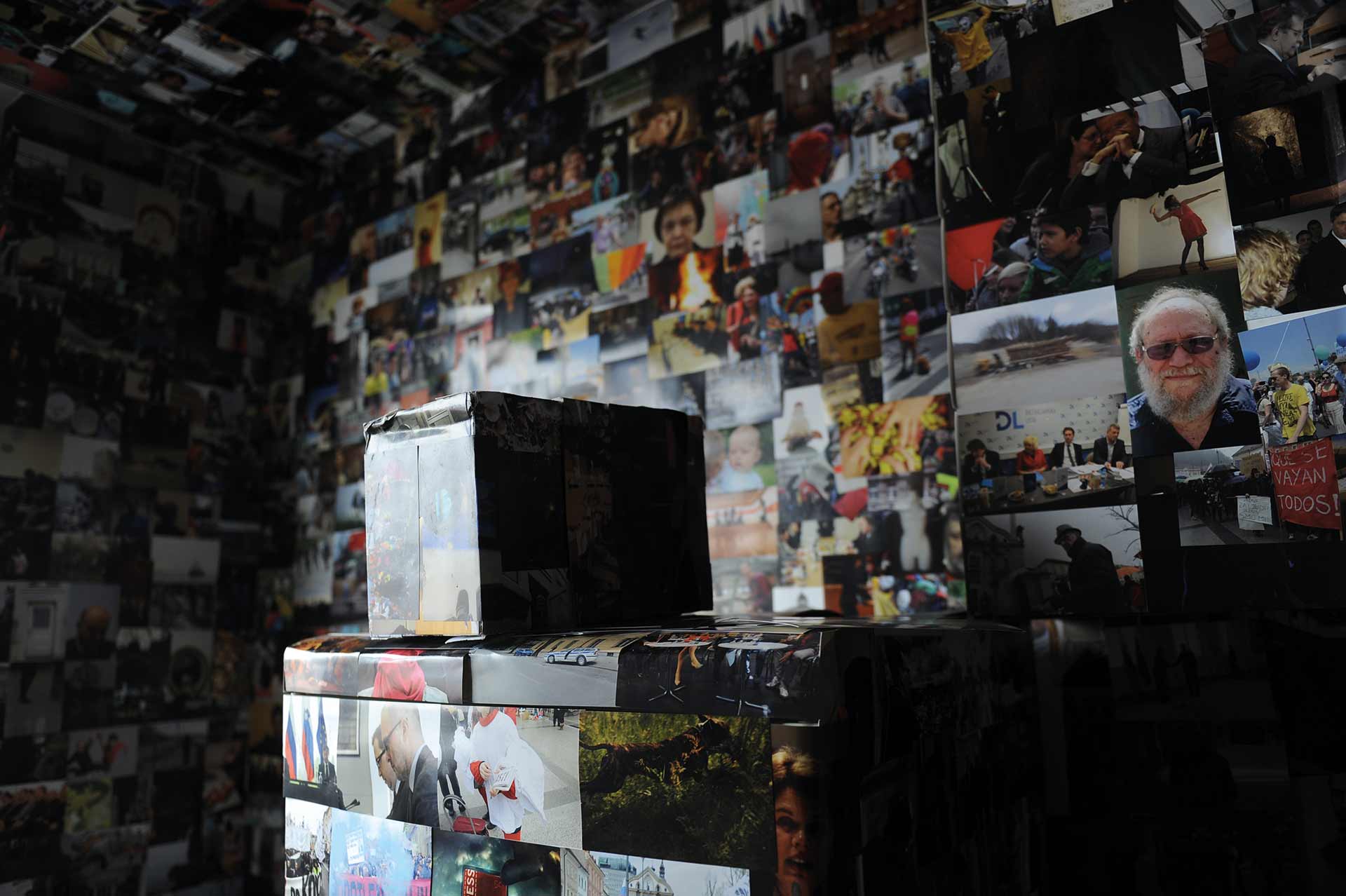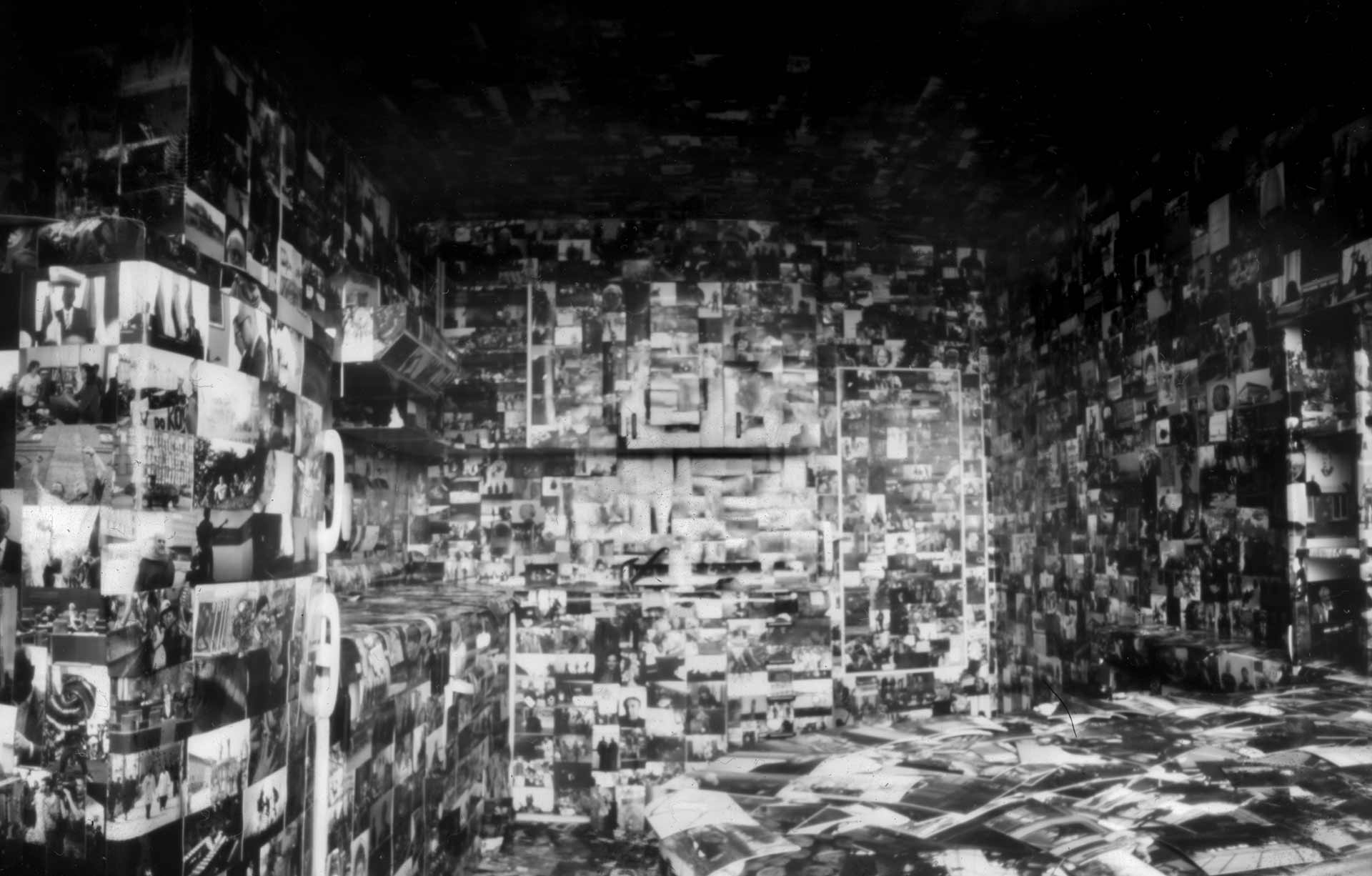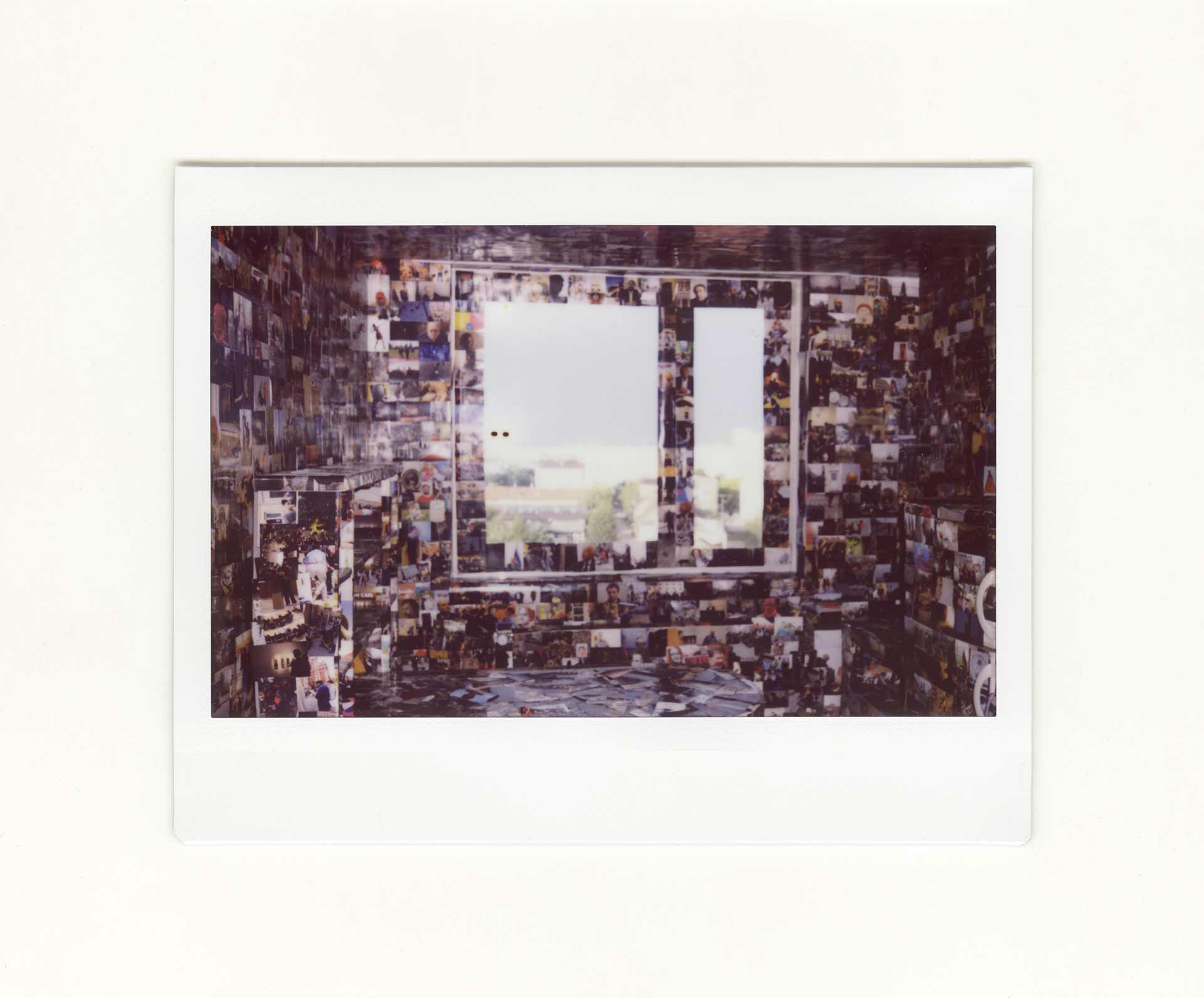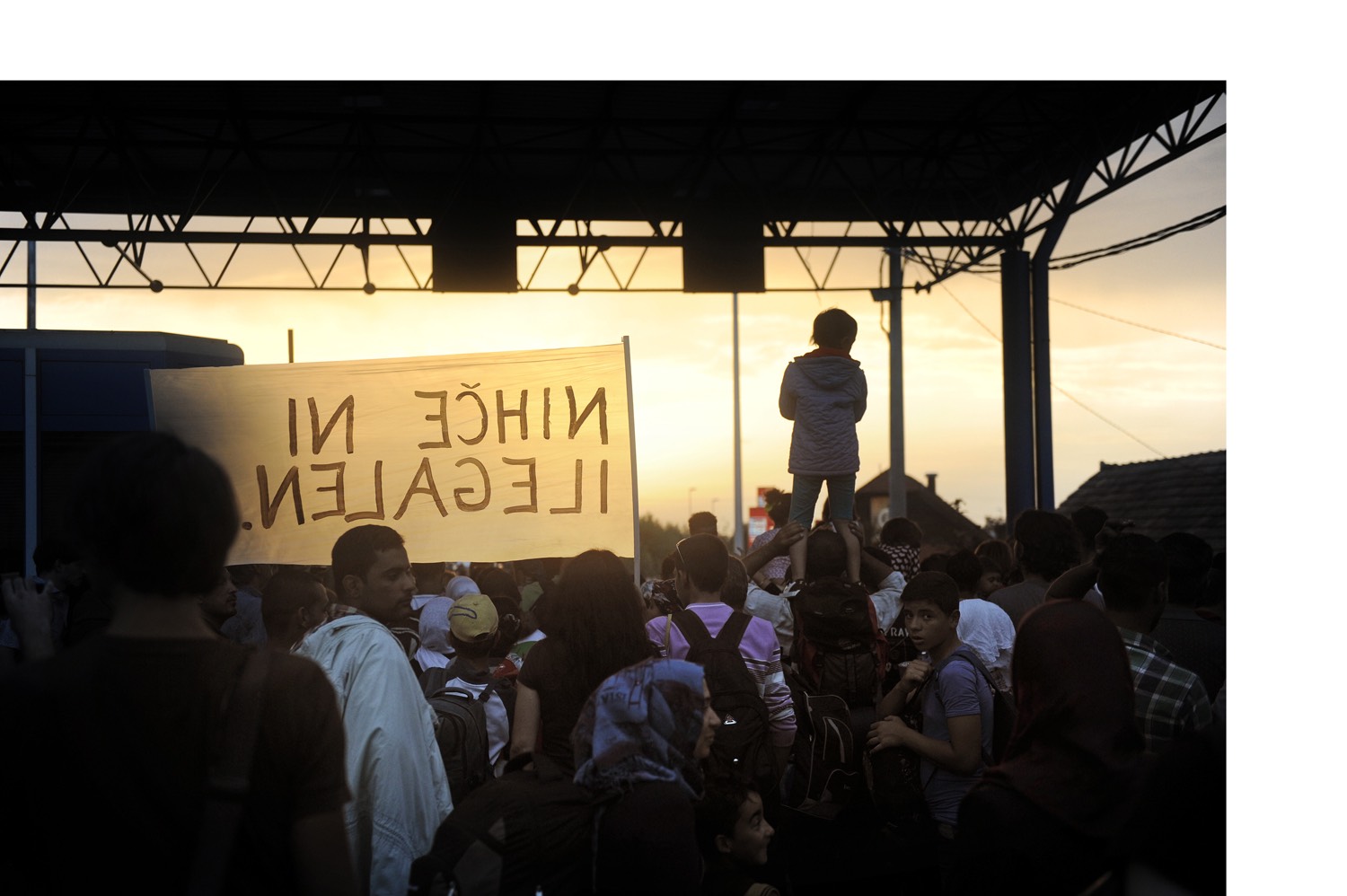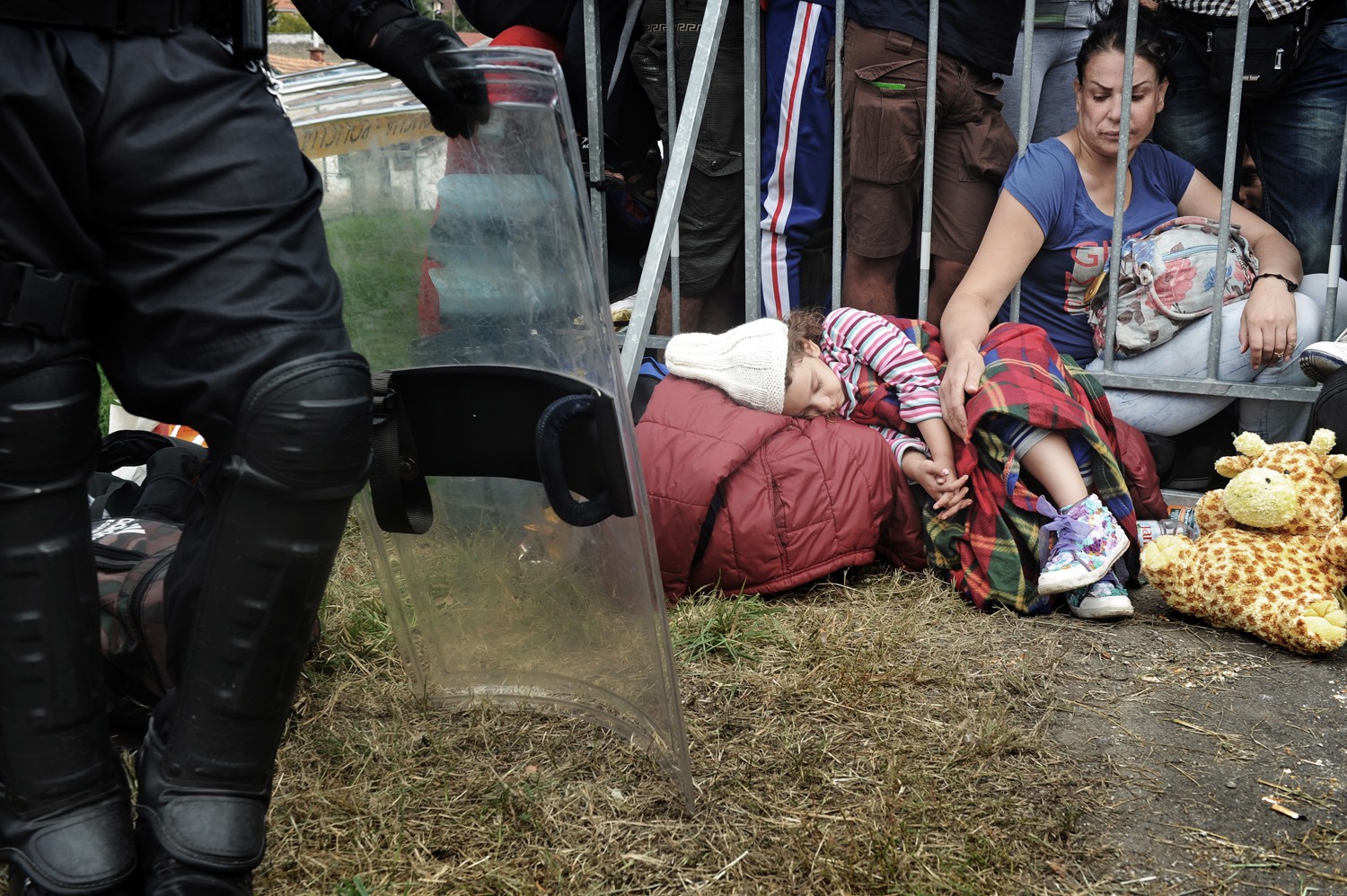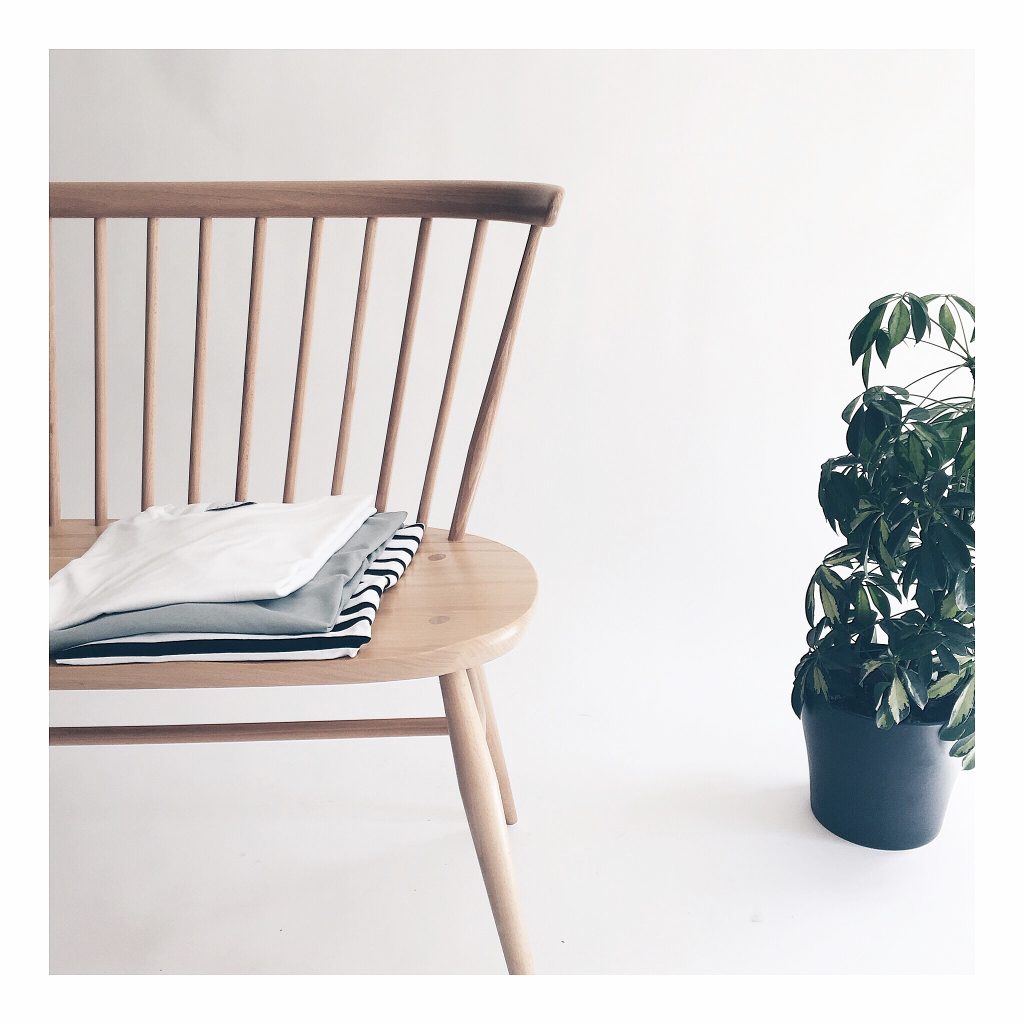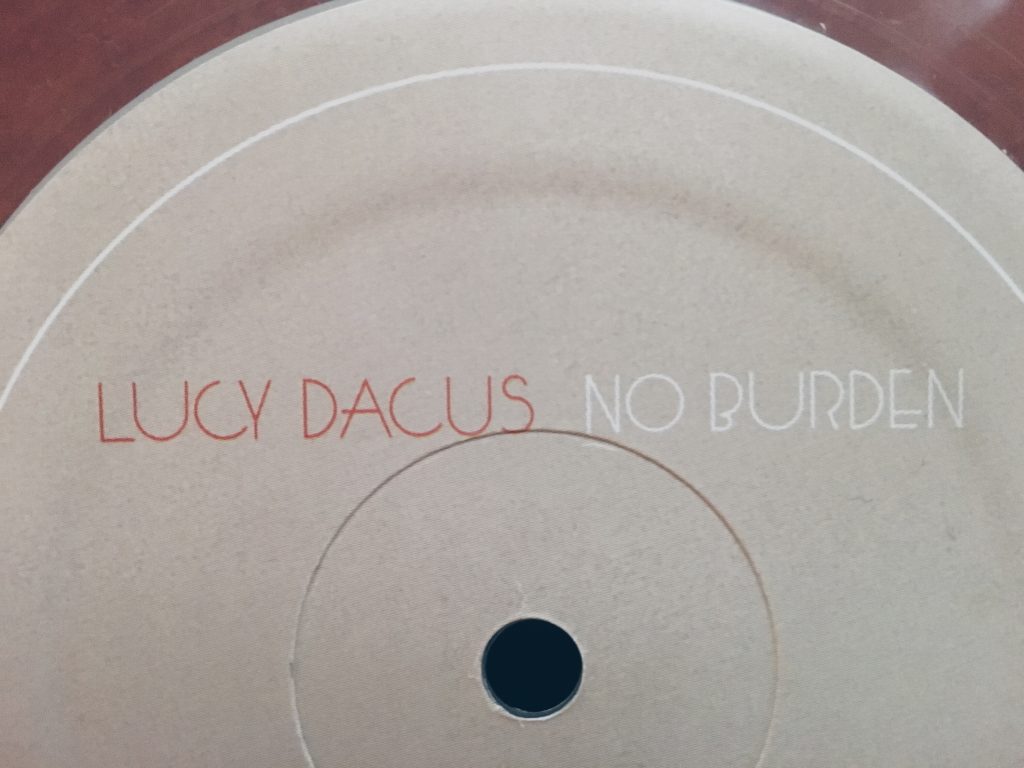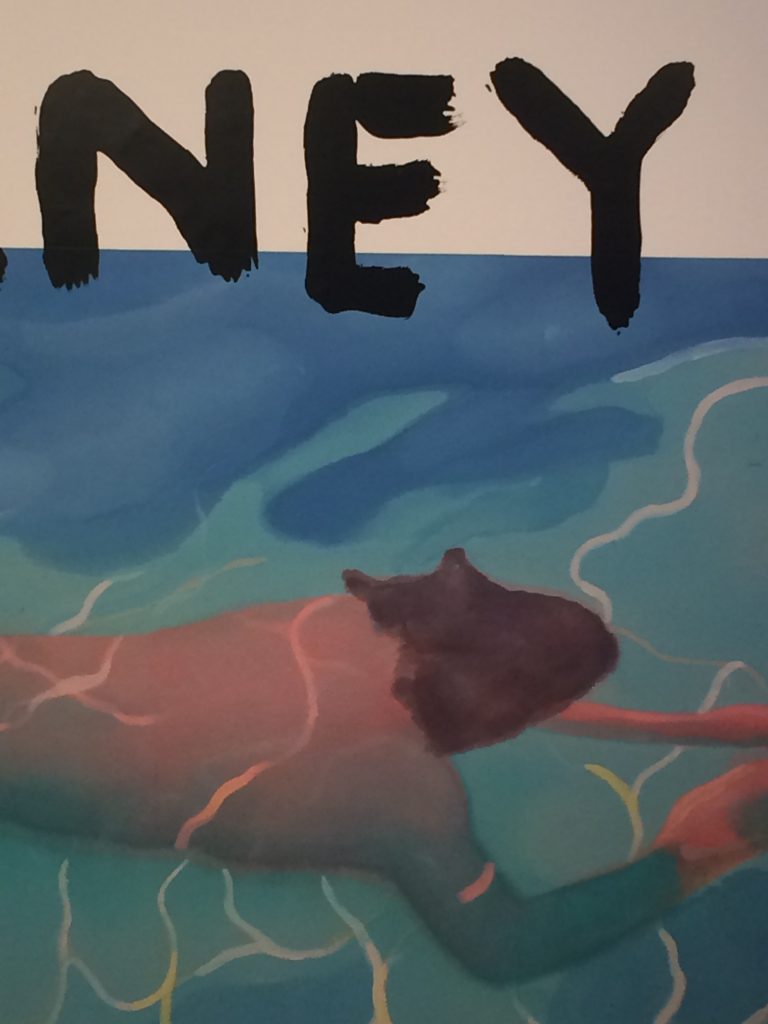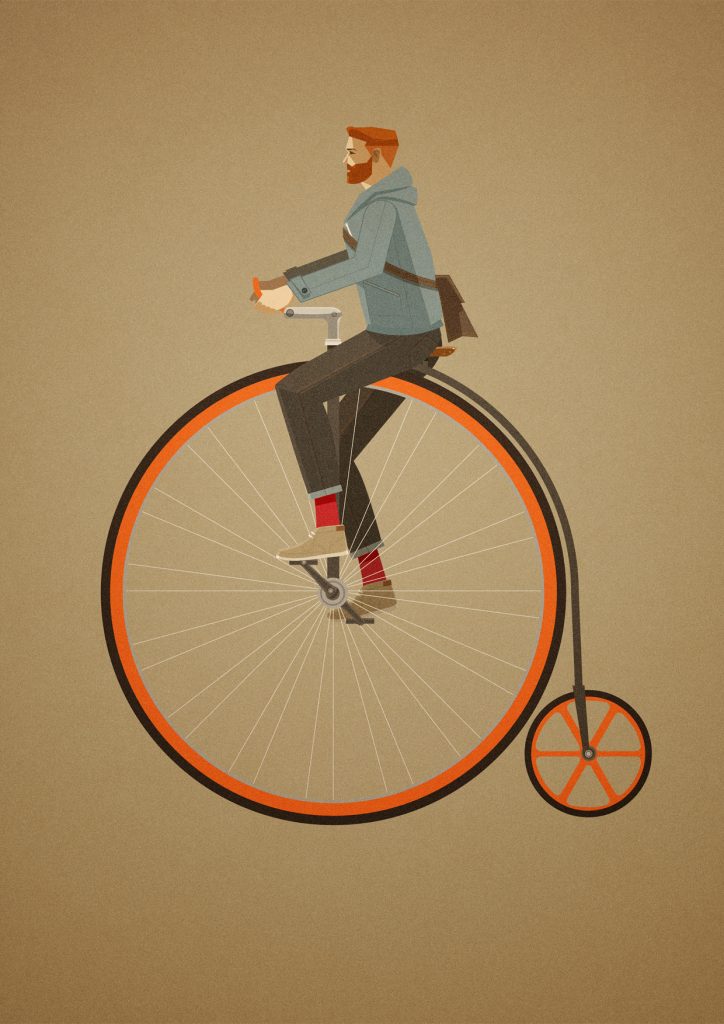Applying to the secondary school of photography and design in Ljubljana was actually just a great excuse for Uroš Abram to skip school on that particular day. What he really saw himself becoming at that young age was in fact, a doctor. But upon being accepted to the only photography and design school in Slovenia at the time, he found his path and began to seek real meaning and answers behind his work.
“An important aspect of photography is asking myself why I am working on a particular project. If I can’t find an answer, I cannot finish it.”
As the only photography student at FAMU Academy of Fine Arts in Prague without a camera, Uroš Abram was forced to get creative for his graduation project. Inspired by the camera obscura, he decided to use his own body to create intimate images titled Made in Me. At the time it was almost like a semi-political statement saluting his inability to finance a camera during the height of the financial recession in 2008. But over the course of several years, his chosen medium morphed into something even stronger. In his Gluttony project for New Heroes & Pioneers’ 7 Deadly Sins – to be released this summer – the last image was created with the camera oralis method.
“For camera oralis, I use my mouth as a camera obscura. I put photo paper inside my mouth – let’s say it’s about 3 x5 cm – and I pin it between my teeth, somewhere in the back. I use black plastic between my lips and my teeth, and then I remove the finger from a small hole in it. I then have five minutes of exposure time. The photo paper is organic and my mouth has a lot of humidity that leaves fingerprints and traces of saliva. You don’t have a view finder so everything is a mistake. You cannot control it. It’s done only by me, it’s very organic.
You need a little bit of mileage, the serenity to say, OK, fuck it – up until now I’ve always done it right, let’s make mistakes. When you are starting, you want it to be as rigid as possible because it’s your safe zone. And life starts out in your safe zone. I started thinking about these mistakes and I think all of us are almost perfect. This near-perfection, these mistakes, they make us unique. The mistake is the main point of our identity, not the rest of it.”
Unfortunately, these mistakes aren’t appreciated as such often enough, a feat that becomes blatantly apparent as we look around us: whether it’s the social media site of a hobby photographer, or a New York gallery, the digital age of perfection is upon us. The thriving technologies behind photography and other artistic mediums have thus also spawned a new age of gluttony. 7 Deadly Sins explores these biblical sins through cultural perspectives captured by seven different photographers from around the world. Uroš immediately recognised the role of gluttony in his work and portrayed this viewpoint with a crass approach that leaves no room for denial.
“We develop new materials, new technology and new possibilities but we don’t think about them, we just develop them and move on to the newest device. All these technical possibilities, in my mind, it’s another level of gluttony. Technology was one of three levels to the gluttony project, the other two being theoretical and visual. I used a digital camera, photo collage, a big format camera, a polaroid, ipad, iphone, wet colour coding process, camera obscura, camera oralis. I wanted to convey these three levels through layers, so the viewer literally gets stuck on overload.
I worked as a freelance photographer for five years and I would produce around 22 images a year. When I started working for the magazine Mladina, I did 20 000 images in three months. I printed everything that I did in those first three months, 20 000 images – sharp, badly composed, badly exposed, too dark, too bright, everything – and I glued them on the wall. I took it as a confession – as a professional sinner, the guy who is professionally producing information, what is my part in this? What’s my role?”
It is this sensitivity for his craft, his subjects and his audience, that has earned him not only the title of a mentor at the FotoPub Festival, but has also allowed him to pave the way to a new photographic approach to socio-political situations such as the Syrian refugee crisis.
“Photographers used the refugees as photo safaris. I’m doing a lot of portraits for the Mladina, I know how evasive photography is. It’s really one of the most aggressive, non-violent moves you can make, and if you do that to the people who are already in this fucked up mess because of us, then I think that’s just perversion. I think it’s very racist that we should be taking pictures of their stories; I think they should do it. I worked, and will continue to work with refugees and their photo projects. It’s a really great tool for integration, a great alibi for them to be everywhere .It creates a possibility for them to get published and to be part of this western, Slovenian society and for us to finally see their work and not to see our work in them.”
Challenging our perspective with a distinctive form of confrontational empathy, Uroš’ work continues to question our current social climate through a constant flow of changing techniques. This innate search for truth behind and within his subjects has led him to the recent collaboration with like-minded writer and musician N’toko in his book, Granted World. The book offers a collection of essays that map out N’toko’s own political development throughout the years, the conclusions of which are served with Uroš’ provocative photo collages as a punch line. And it is this kind of statement-rich art and photography that has, and will continue to, inspire the collective sigh of this decade to lighten under the visual suggestion of an honest dialogue.
Uroš Abram book “7 deadly cultural Sins – Gluttony” will be available at the beginning of the summer 2017 and is available for pre-order at https://thenewheroesandpioneers.com/store/
